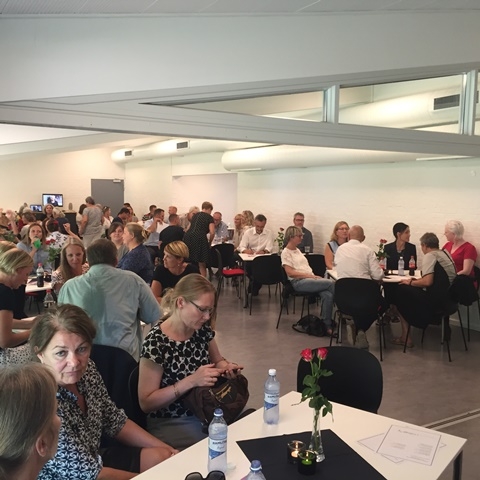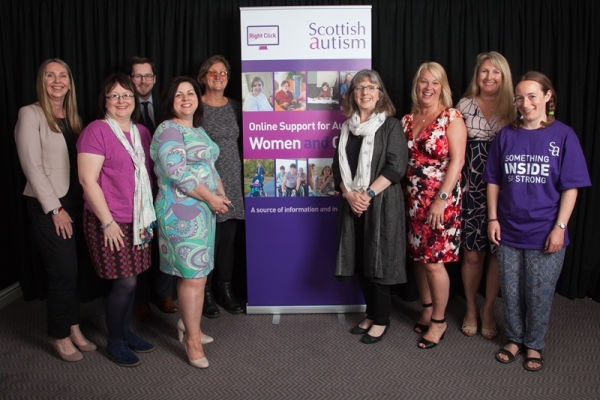XI Autism-Europe Congress 2016
Andrew Sloan, Support Worker, New Struan School
Having previously completed an undergraduate degree in psychology and a post graduate degree in child development, I felt extremely fortunate to attend the Autism Europe international conference in Edinburgh recently.
Whilst working at New Struan School it can be quite easy to feel a little isolated from the rest of the autism community. So initially sitting in the opening address with over 1700 people all motivated by and involved with autism was a little mind-blowing. With so many speakers and posters there was a vast amount of knowledge to be shared across the weekend.
One such talk was concerned with the misdiagnosis of deaf children (Helen Philips and Jenny Sweetman). Researchers believe that many of the behaviors presented in both ASD and deafness are somewhat similar and this could suggest that some deaf children are also on the spectrum. They do however point out that many of the tools that are used to diagnose children with an ASD are not accessible to deaf children. With the introduction of more suitable tools for diagnosing autism in children with hearing impairments researchers believe that more children with hearing impairments would meet the criteria for a diagnosis and therefore be eligible for support and services that are more suited to their needs. Although this would seem to be a common sense approach for researchers it would seem that this has been a relatively recent strand of research.
Working at New Struan and given my own research interests, the symposium on education and autism stood out on the programme. Speakers discussed topics ranging from strategies for supporting autistic children within a mainstream set up, to ways to move from failing autistic pupils to outstanding pupil process.
Dr Yo Dunn presented about the progress made by a special school that was classed as having a weakness in ASD provision to a point where staff are now seeing many of their autistic pupils gaining recognised SQA awards. The basis of the improvement lay in empowering and also providing staff with more training to allow them to feel more comfortable in supporting the pupils within the school, but also providing similar training to parents. The biggest factor in their improvement in supporting the pupils was three days of direct classroom supervision to allow the researchers to aid in the development of support plans for the pupils and also to observe the staff and their practice.
This allowed the researchers to provide advice to staff in how to better support their pupils to achieve their potential. The biggest change made within the school was to reduce the number of restraints needed. This was done by better educating staff so that they feel confident and better equipped in a challenging situation but also by reducing the barriers to learning and enjoyment for the pupils and teaching better communication to staff. These changes have successfully lead to a drop in restraint now that any form of restraint can be seen by staff as failure to effectively manage a situation or understand a young person’s needs.
Overall the conference was a very enjoyable and informative experience. My overall feeling coming away from it is that although we are moving in the right direction, what we know about autism feels very small relative to what still remains to be learned. More importantly the differences between what researchers are doing, what policy makers are attempting to do and what parents and service users need are still a million miles apart.





